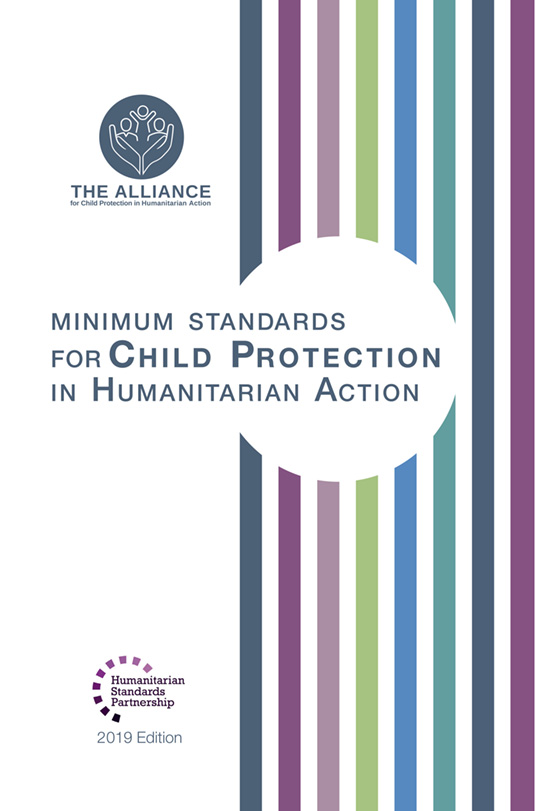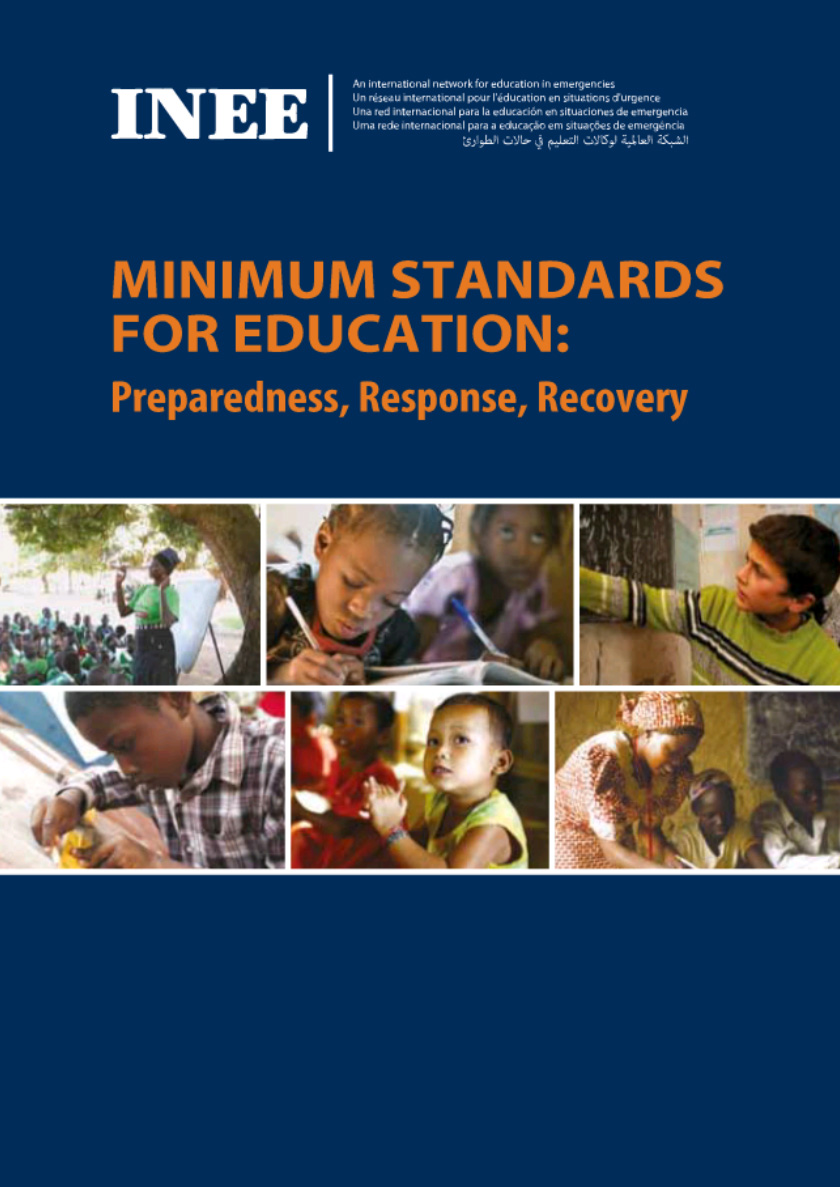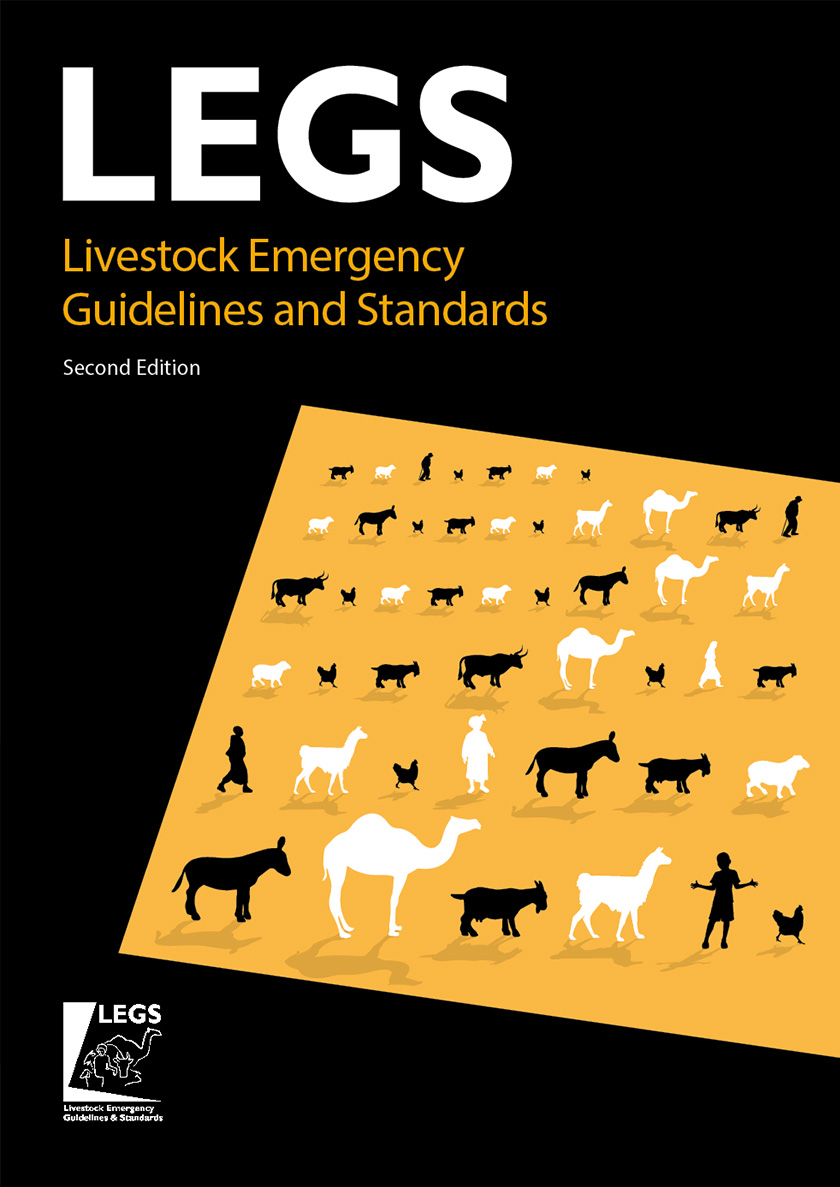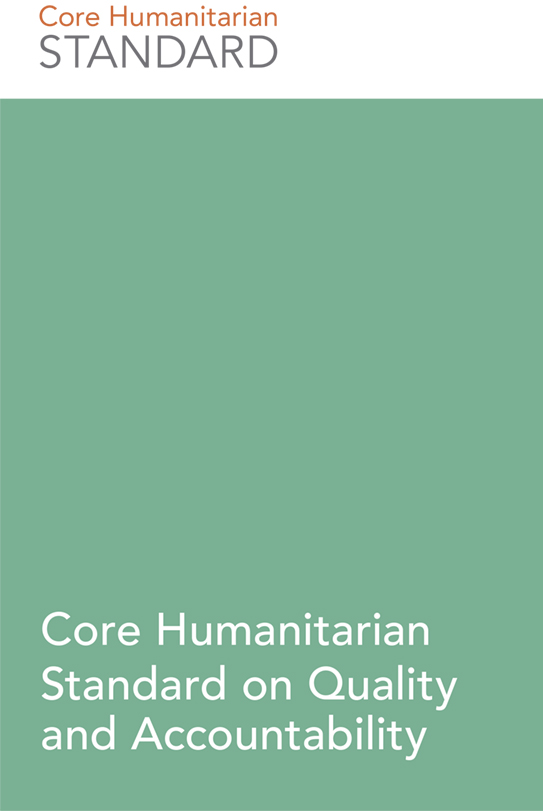The Humanitarian Standards Partnership
The Humanitarian Standards Partnership (HSP) helps you navigate across humanitarian sectors. It does so by adopting a common language and harmonised approach to setting standards for aid delivery. Cross references between partner standards ensure that you can easily use any of them and combine sectoral expertise where needed, while joint training and advocacy activities offer you support in the application of the standards.

HSP Standards Are Grounded on Common Ethical and Legal Principles
- Rights-based Approach. The HSP standards are based on international legal instruments relating to international human rights law, international humanitarian law, refugee law and humanitarian action.
- The Humanitarian Charter. First drafted by practitioners in 1997, the Charter expresses a commitment to humanitarian action and provides an ethical and legal framework for it.
- The Protection Principles: Four principles form the basis for humanitarian assistance: protect people from violence, avoid causing harm, ensure access to impartial assistance and support people’s recovery from abuse.
- The Core Humanitarian Standard. It sets out the essential elements of principled, accountable and quality humanitarian action, articulated in Nine Commitments.
Watch This 3-Minute Introduction To Humanitarian Standards and the HSP
HSP Members
Together, the nine standards that make up the Humanitarian Standards Partnership cover 11 crucial areas of work and the essential elements of principled, accountable and quality humanitarian action.
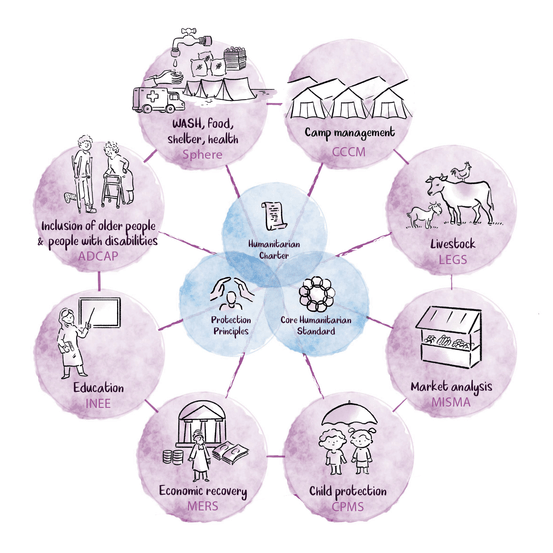
The Partnership Currently Includes
Working Together
The HSP works to make humanitarian standards easily available to frontline responders, allowing them to access critical information in one place. HSP tools can also empower crisis-affected people, enabling them to know their rights and how these translate into minimum requirements for assistance and protection. Joint advocacy and training activities promote the full set of standards to policy-makers, practitioners and stakeholders.
Joint Tools and Activities
- 161 views



